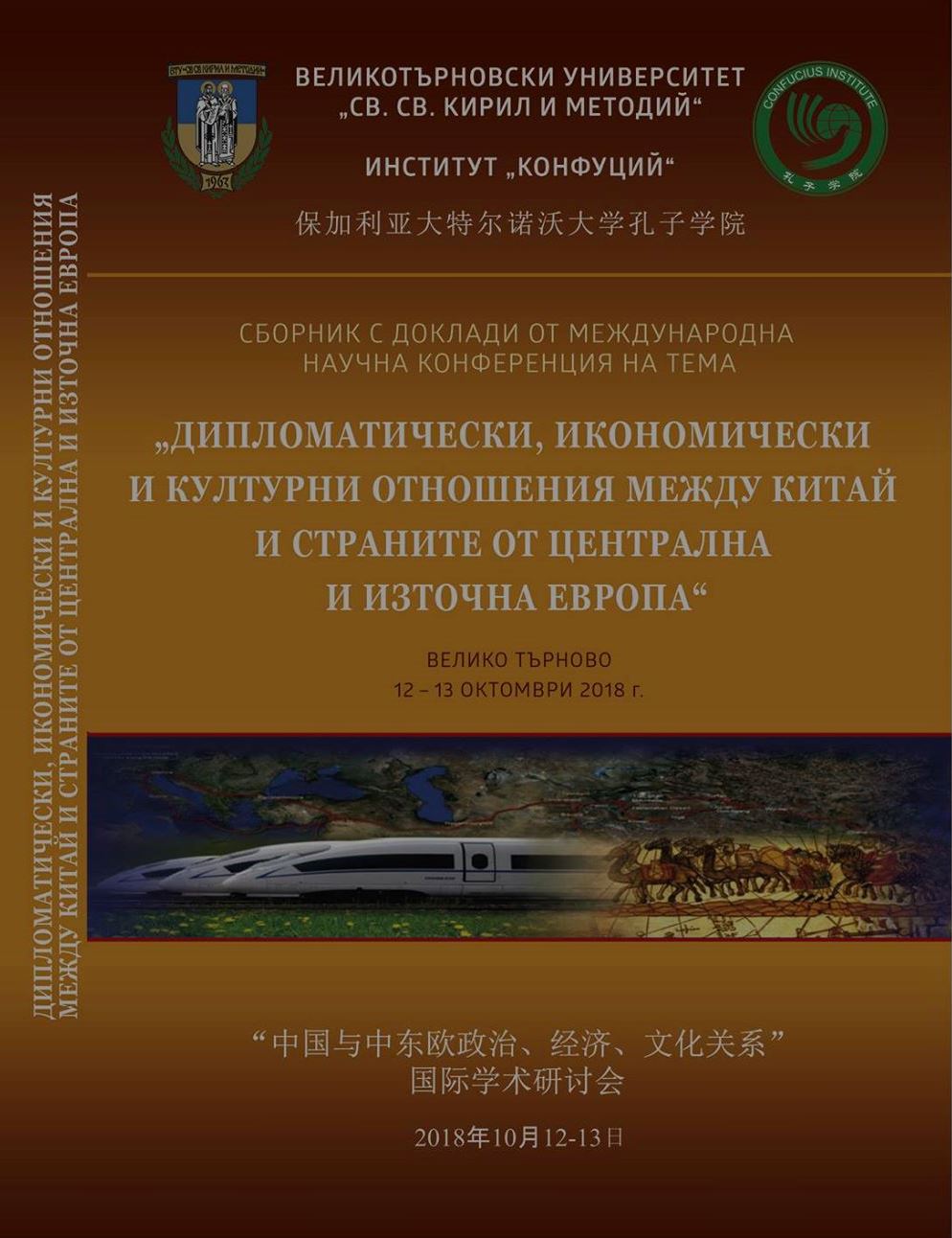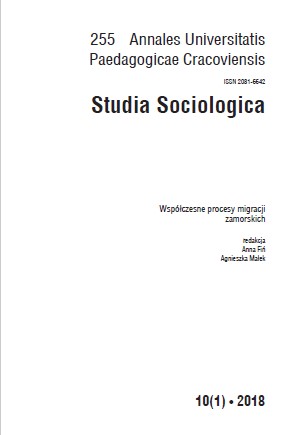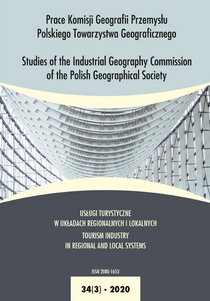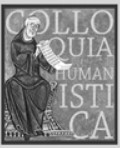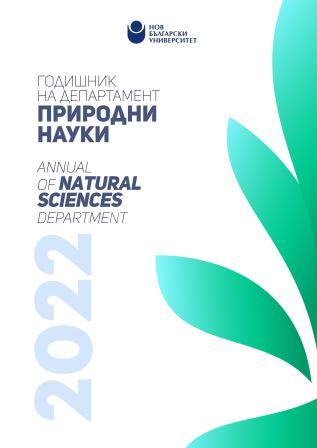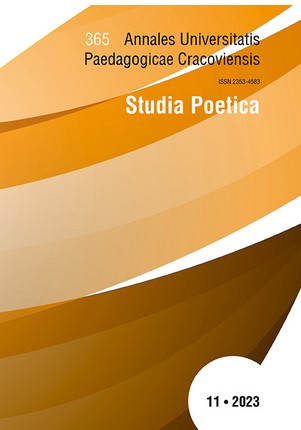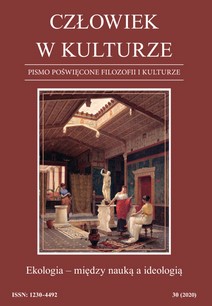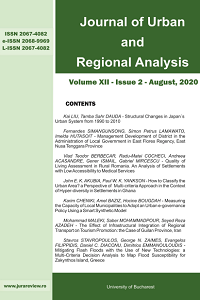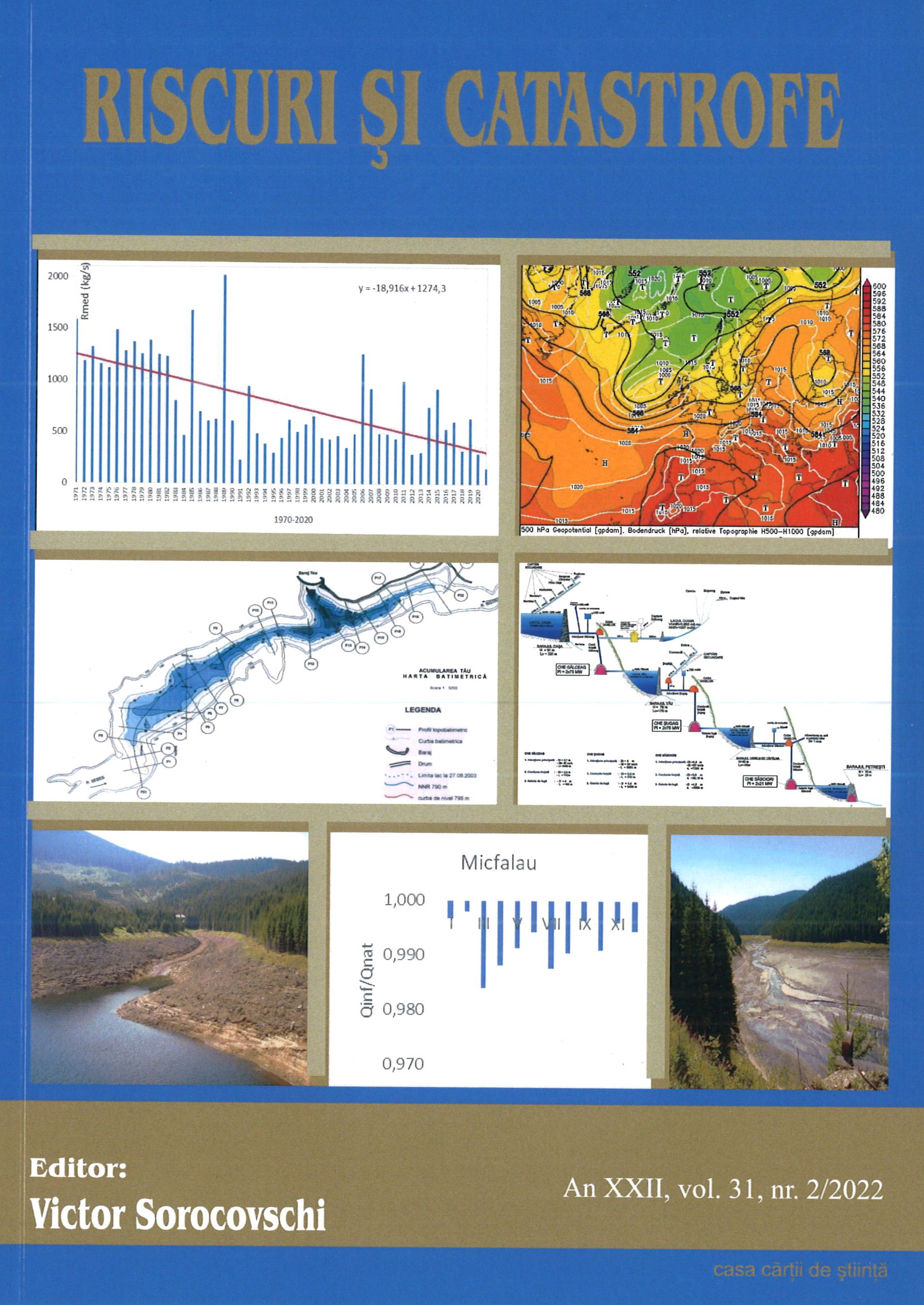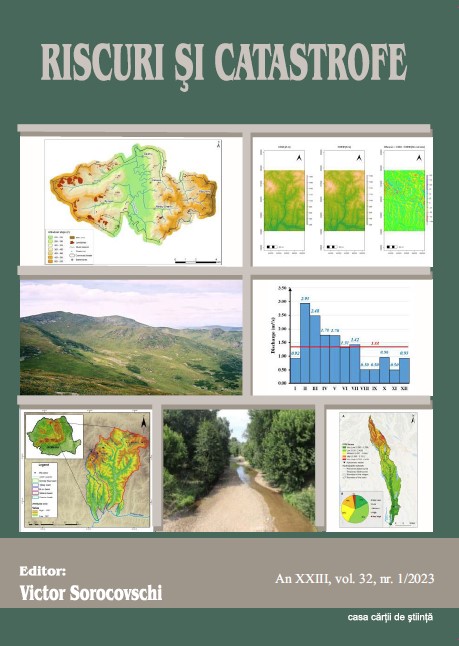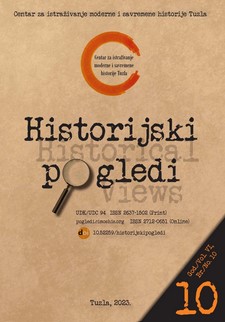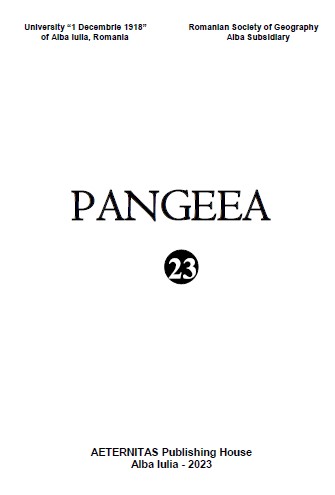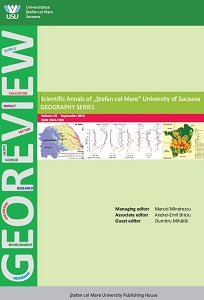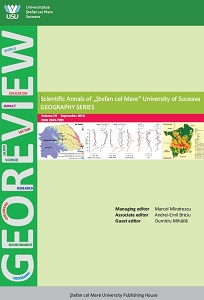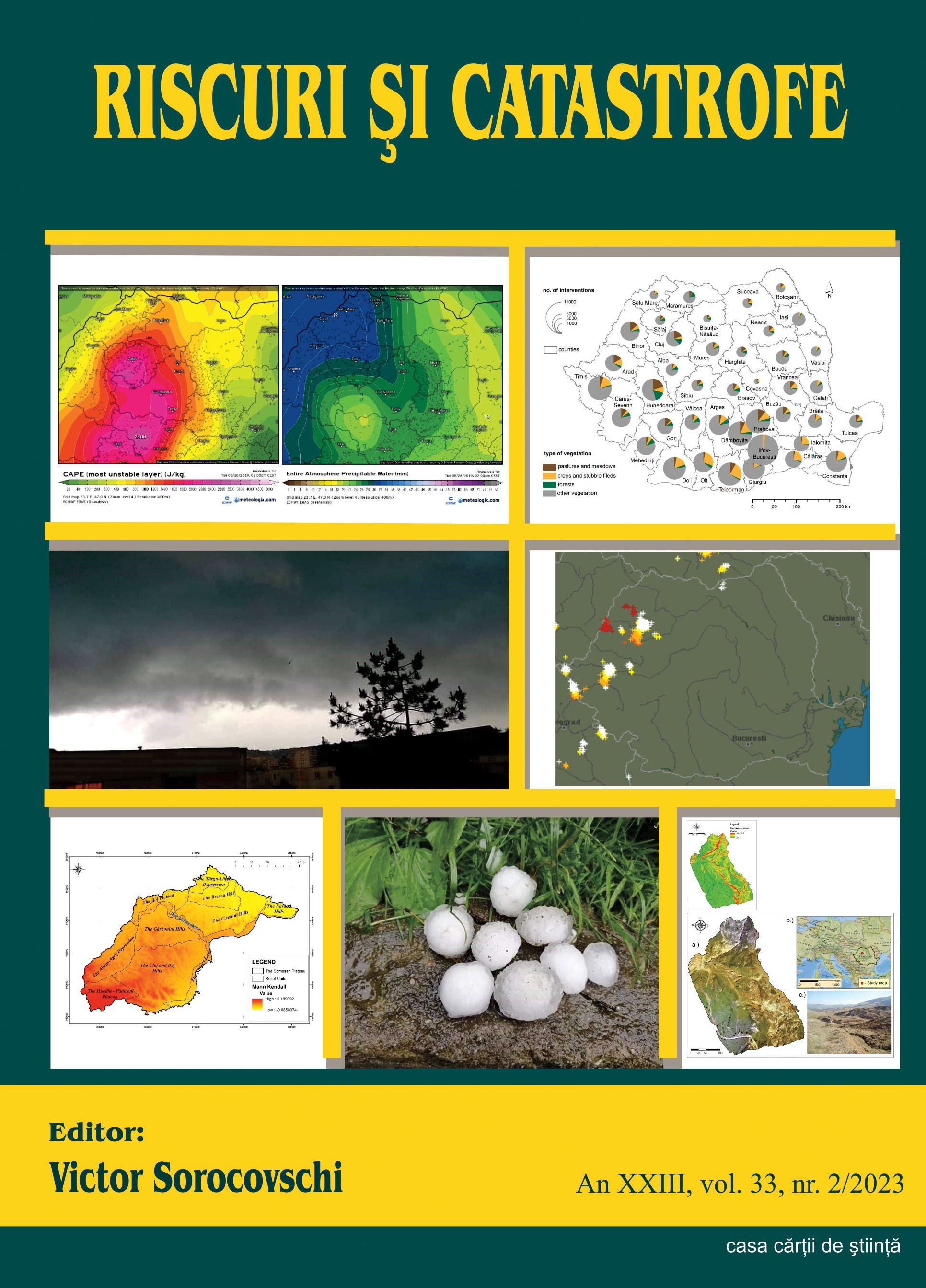Author(s): Sedad Bešlija,Hana Younis,Dženita Sarač-Rujanac,Mehmed Hodžić / Language(s): Bosnian
Issue: 10/2023
Water represented a 'very important segment in the design and functioning of Sarajevo over the course of its long past. Water, as a symbol of life, in -various forms and shapes, has been an indispensable factor in the creation and development of many urban areas in human history, which is very clearly visible in the Sarajevo example. Based on data from unpublished archival materials, published sources and relevant literature, this text attempts to present certain elements that undoubtedly led to the city's development. The work deals with different thematic areas that chronologically presented the exploitation of the water potential of Sarajevo and its immediate surroundings, as one of the key causes of the city's urban development and its economic and social transformation. In the classic Ottoman era, Sarajevo was, to the greatest extent thanks to the institution of the Waqf, an area with an extremely large number of different forms of construction on the water. Wells, fountains and shadirwans as well as a wide branched network of water supply systems, made it possible to use the bounty of water unhindered. Mills and bridges were in the function of economic activity, which directly affected the prosperity of the city. In addition to these positive examples, the paper also provides information on certain problems caused by the natural effect of water power. During the Ottoman and Austro-Hungarian periods, Sarajevo was faced with floods which, depending on the intensity and whether the Miljacka or one of its tributaries flooded, caused damages of different scopes. Therefore, special attention was paid to the efforts of the city authorities to prevent such scenarios. The paper deals with the construction and maintenance of Sarajevo's water supply network. Its beginnings in the Ottoman period are presented and analyzed, as well as the first, at that time, modern approaches in the construction o f a modern water supply system after the Austro-Hungarian occupation of Bosnia and Herzegovina. The Austro- Hungarian authorities, aware of the existing water potential of the source of the Mošćanica river not far from Sarajevo, tried to make maximum use of these facilities with the aim of supplying the city with sufficient quantities of drinking water.
More...
